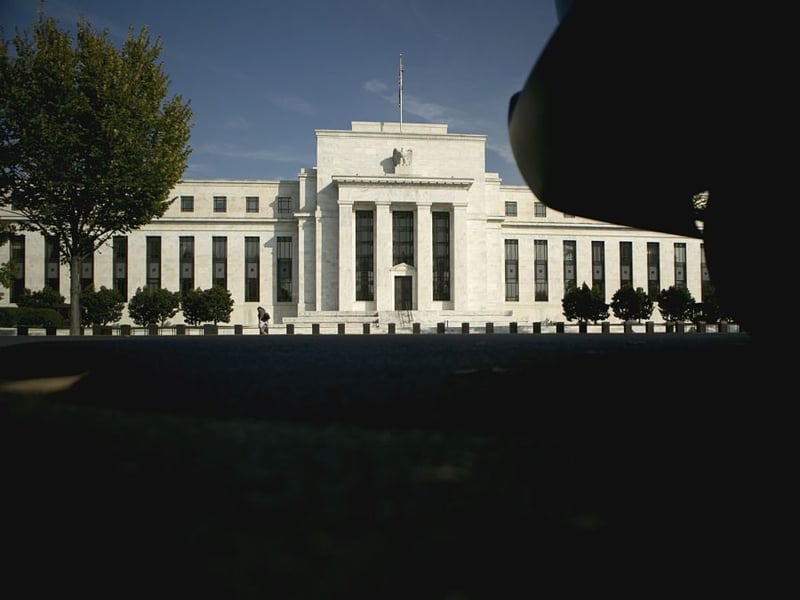

A hotter-than-expected jobs report will likely nudge the Federal Reserve toward raising interest rates again by the end of the year.
Nonfarm payrolls increased 336,000 last month after sizable upward revisions to the prior two months, a Bureau of Labor Statistics report showed Friday. The unemployment rate held at 3.8%, and wages rose at a modest pace.
“This will keep the Fed very guarded and very much concerned about upside risk,” said Luke Tilley, chief economist at Wilmington Trust Corp, “because this plays into their concerns about a reacceleration in the economy.”
Fed officials led by Chair Jerome Powell are trying to decide whether they need to hike their benchmark lending rate again after raising it by more than five percentage points over the last 19 months. They left the rate unchanged at their last policy meeting in September, though 12 out of 19 officials signaled they would support another rate increase this year, according to projections released at the meeting.
Odds of an interest-rate hike by year’s end rose to 56% following the jobs report, from 48%, according to initial market pricing.
Fed officials believe the labor market remains overheated, contributing to price pressures that have pushed inflation well above the central bank’s 2% goal.
“Reducing inflation is likely to require a period of below-trend growth and some softening of labor market conditions,” Powell said on Sept. 20.
At the same time, Powell and his colleagues on the Federal Open Market Committee have repeatedly said they will be cautious with additional moves as they near the end of their hiking cycle, suggesting some wariness about moving at the upcoming meeting that concludes Nov. 1.
In addition, a recent surge in longer-term yields may be doing some of the central bank’s work already, said Diane Swonk, chief economist at KPMG in Chicago.
“The bond market is doing heavy lifting for the Fed now,” Swonk said. “That said, the acceleration in growth justifies higher rates and hawks will remain concerned about backsliding on progress made on inflation as they meet in November.”
Longer-term interest rates have been on the rise since the September meeting as markets adjust to the Fed’s message that the benchmark is likely to remain high for longer than previously thought. The yield on 30-year Treasury securities rose above 5% this week, reaching the highest levels since 2007.
The Fed could also take comfort in other parts of the report. Average hourly earnings increased 0.2% last month and were up 4.2% from a year earlier, the smallest annual advance since mid-2021.
“It certainly shows a strong labor market, but the pace of wage gains has been slowing,” said Kathy Jones, Charles Schwab’s chief fixed-income strategist. “This leaves the door open to another rate hike by the Fed. It’s a tough balance between subdued inflation pressures and strong growth.”
While the latest report suggests economic momentum remains strong, central bankers will also be monitoring carefully inflation reports, including a key consumer price report due next Thursday.

While industry statistics pointing to a succession crisis can cause alarm, advisor-owners should be free to consider a middle path between staying solo and catching the surging wave of M&A.

New joint research by T. Rowe Price, MIT, and Stanford University finds more diverse asset allocations among older participants.

With its asset pipeline bursting past $13 billion, Farther is looking to build more momentum with three new managing directors.

A Department of Labor proposal to scrap a regulatory provision under ERISA could create uncertainty for fiduciaries, the trade association argues.

"We continue to feel confident about our ability to capture 90%," LPL CEO Rich Steinmeier told analysts during the firm's 2nd quarter earnings call.
Orion's Tom Wilson on delivering coordinated, high-touch service in a world where returns alone no longer set you apart.
Barely a decade old, registered index-linked annuities have quickly surged in popularity, thanks to their unique blend of protection and growth potential—an appealing option for investors looking to chart a steadier course through today's choppy market waters, says Myles Lambert, Brighthouse Financial.
